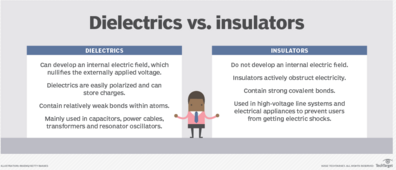Yeah, I dealt with this stuff. The American version, Cosmoline gets to be a waxy, gummy substance after sitting for 60 years. Commissioned an old, very big lathe that had been sitting in a government warehouse (think last scene in the original Raiders of the Lost Ark). Luckily it was primarily on all bare metal parts. The majority had to be scraped off and the remaining could be removed with kerosene. It was a great manual machine, very well built. Installed modern DROs on it and it is still running as far as I know.
Old inventory of Chinese semi automatics are drowned in this kind of stuff. Must over twenty years ago a guy at a local firing range didn’t clean the bolt of it. At the factory they must have dipped the bare bolt into the stuff. When the new owner fired it for the first time the firing pin was stuck in the forward position. He inserted a full magazine, let the bolt go home and it went into full cycle. Since he didn’t have a good grasp on the weapon, the recoil spun it and killed him.





